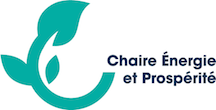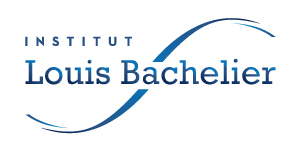Article published in Resource and Energy Economics
This article studies the exploitation of recyclable exhaustible resources such as metals that are crucial for the energy transition or phosphorus that is crucial for agricultural production. We use a standard Hotelling model of resource exploitation that includes a primary sector and a recycling sector. We show that, when the primary sector is competitive, the price of the recyclable resource increases through time. We then show a new reason why the price of an exhaustible resource may decrease: when the primary sector is monopolistic, the primary producer has incentives to delay its production activities in order to delay recycling. As a consequence, the price path of the recyclable resource may be U-shaped. Numerical simulations show that the date of exhaustion of the virgin resource is further away in time for high and low levels of recoverability than for intermediate levels.
Or download the latest version of the working paper
Séminaire en présence d'Adam George (SOAS, University of London). Adam George présente un modèle macroéconomique SFC environnemental britannique intégrant émissions de CO2 et investissements verts de tous les agents économiques. Le modèle trimestriel analyse l'impact des politiques énergétiques selon le rapport capital vert/capital conventionnel. Quatre scénarios fiscaux verts sont testés (2022-2035) : taxe carbone, investissement...
Le laboratoire GAEL (Grenoble Applied Economics Laboratory) et la Chaire Energie et Prospérité organisent un workshop sur l’économie de la bioénergie les jeudi 9 et vendredi 10 octobre 2025 sur le campus universitaire de Grenoble.


